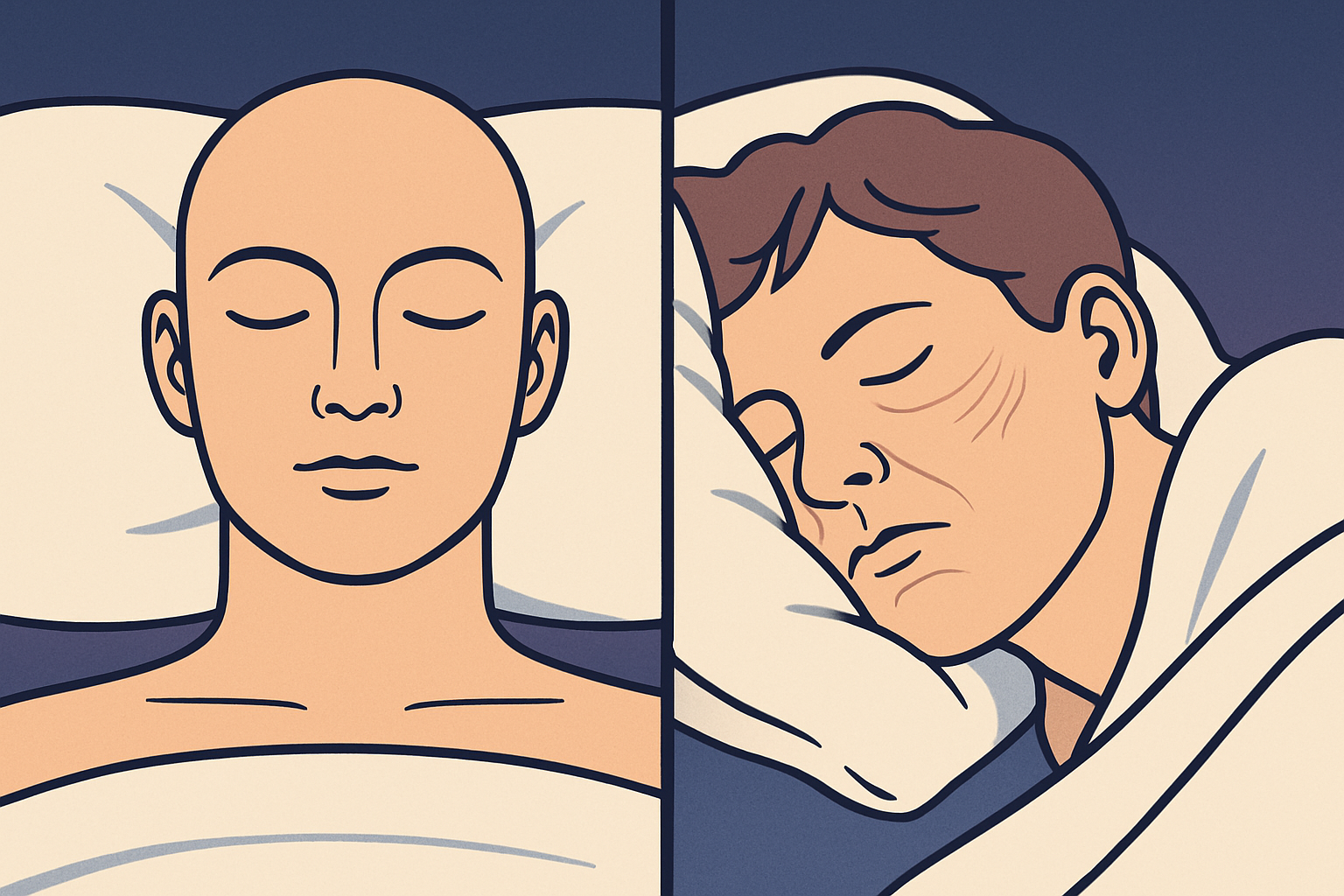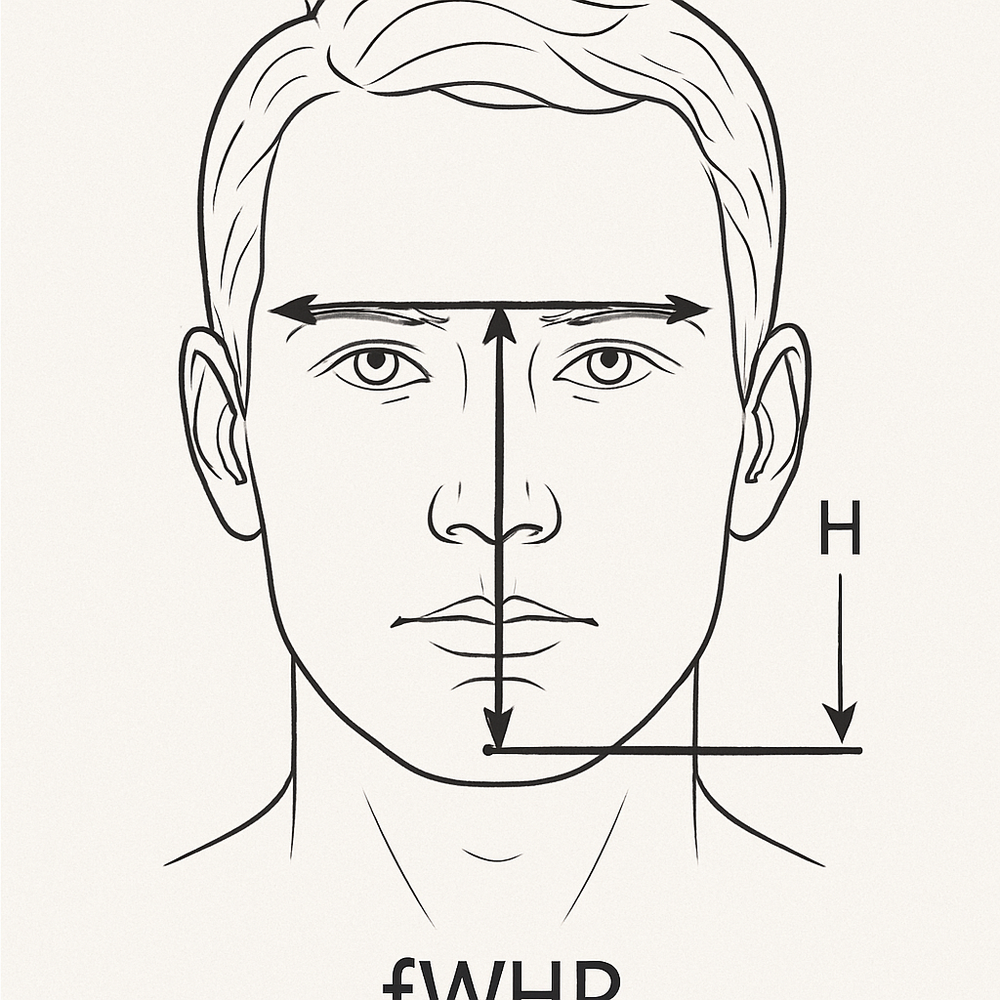Introduction to Testosterone and Facial Development
Testosterone, a primary male sex hormone, plays a pivotal role in numerous physiological processes within the human body. Predominantly produced in the testes in males and the ovaries in females, though in much smaller quantities, testosterone is essential for the development and maintenance of male characteristics. Its influence extends beyond mere reproductive functions, impacting overall health, muscle mass, bone density, and notably, facial development.
During puberty, the surge in testosterone levels triggers a cascade of changes that underpin the transition from childhood to adulthood. In males, this hormone is responsible for the deepening of the voice, the growth of body and facial hair, and the broadening of shoulders. Equally significant, testosterone profoundly affects the structure and appearance of facial features. These hormonal changes can enhance jawline prominence, increase facial hair growth, and contribute to a more angular and robust facial profile, characteristics often associated with masculinity.
Conversely, lower levels of testosterone or a higher ratio of estrogen can lead to the development of more traditionally feminine facial features. This can include softer facial contours, a less pronounced jawline, and reduced facial hair growth. These distinctions highlight the hormone’s critical role in defining the visual cues associated with gender-specific traits.
The influence of testosterone on facial development is a testament to its broader impact on human physiology. Understanding the relationship between testosterone levels and facial characteristics offers valuable insights into the biological underpinnings of gender differences and the complex interplay between hormones and physical appearance. This foundational knowledge sets the stage for a deeper exploration into how varying levels of testosterone can sculpt the human face, contributing to its masculine or feminine attributes.
The Role of Testosterone in Male Facial Development
Testosterone, a steroid hormone, plays a critical role in the development of male facial features. During puberty, the surge in testosterone levels triggers a series of physiological changes that contribute to a more traditionally masculine appearance. One of the most notable changes is the development of a more prominent brow ridge. The brow ridge, or supraorbital ridge, becomes more pronounced due to the increased growth of the frontal bone, which is stimulated by testosterone.
Another significant change is the broadening of the jawline. Testosterone influences the growth of the mandible, leading to a wider and more angular jaw. This morphological change is often associated with perceptions of strength and assertiveness, traits traditionally linked to masculinity. Additionally, testosterone promotes the growth of facial hair, contributing to a thicker and fuller beard. The presence of facial hair is one of the most visible markers of male puberty and is often considered a sign of maturity.
Scientific studies have provided substantial evidence supporting these observations. For instance, a study published in the “Journal of Craniofacial Surgery” found that higher levels of testosterone during puberty are correlated with increased development of the brow ridge and jawline. Similarly, research in the “American Journal of Physical Anthropology” demonstrated that testosterone significantly affects the density and distribution of facial hair. These studies underscore the pivotal role of testosterone in shaping male facial features.
These changes are not merely superficial but have deep evolutionary roots. The development of more pronounced facial features is believed to have been advantageous for early human males in asserting dominance and attracting mates. In contemporary society, these features continue to influence social perceptions and interactions. Thus, understanding the role of testosterone in male facial development provides valuable insights into both biological and social dimensions of masculinity.
Testosterone, a hormone predominantly associated with male characteristics, also plays a significant role in female physiology, albeit at much lower levels. These lower levels of testosterone in females contribute to distinct facial features that are often perceived as traditionally feminine. One of the most noticeable aspects is the softer facial structure. Unlike males, where higher testosterone levels lead to a more pronounced jawline and a prominent brow ridge, females typically exhibit a smaller jawline and a more rounded facial contour. This difference is attributed to the limited influence of testosterone during the developmental stages.
Another key aspect influenced by testosterone in females is the presence of facial hair. While males develop more substantial facial hair due to higher testosterone levels, females generally exhibit minimal facial hair. This lack of pronounced facial hair further accentuates the softer and smoother appearance that is traditionally associated with femininity. Additionally, the distribution of facial fat is also influenced by hormonal levels, contributing to the fuller cheeks and softer overall facial appearance seen in females.
The interplay between testosterone and other hormones, such as estrogen, is also crucial in defining female facial characteristics. Estrogen, which is present at higher levels in females, counterbalances the effects of testosterone, promoting features like a narrower nose and fuller lips. These characteristics, combined with the lesser influence of testosterone, help shape the facial attributes that are commonly recognized as feminine.
Understanding the role of testosterone in female facial development offers insights into the biological underpinnings that contribute to gender-specific traits. It also highlights the broader spectrum of how hormone levels intricately influence physical appearance, reinforcing the diversity found within human facial characteristics. This knowledge is particularly relevant in fields such as endocrinology and cosmetic surgery, where a nuanced understanding of hormonal impacts can inform better practices and outcomes.
Impact of Hormonal Imbalances on Facial Features
Hormonal imbalances can significantly influence facial features, often leading to atypical characteristics that deviate from conventional gender norms. For instance, polycystic ovary syndrome (PCOS) is a common condition in women that leads to elevated levels of androgens, including testosterone. This hormonal imbalance can result in various facial changes such as increased hair growth (hirsutism), acne, and a coarser skin texture. These alterations can cause significant psychological distress, as they may impact self-esteem and body image.
In men, testosterone deficiency can similarly lead to noticeable changes in facial features. Lower levels of testosterone may result in reduced facial hair growth, a softer jawline, and a decrease in overall facial robustness. These changes can affect a man’s sense of masculinity and potentially lead to social stigmatization or emotional challenges. The interplay between hormonal levels and facial characteristics underscores the importance of hormonal balance in maintaining typical gender-specific traits.
The social and psychological implications of these facial changes are profound. Individuals with facial features that do not conform to societal expectations of masculinity or femininity may face discrimination or stigmatization. This can lead to a range of mental health issues, including anxiety, depression, and social withdrawal. It is crucial for healthcare providers to recognize the impact of hormonal imbalances not only on physical health but also on mental well-being.
Effective management of conditions like PCOS or testosterone deficiency involves a comprehensive approach that addresses both the physical symptoms and the psychological impacts. Treatments may include hormone replacement therapy, lifestyle modifications, and psychological support to help individuals cope with the changes in their facial features. By acknowledging the multifaceted impact of hormonal imbalances, healthcare providers can offer more holistic and empathetic care to those affected.
Testosterone and Aging: Changes Over Time
Testosterone, a hormone pivotal for various physiological functions, undergoes significant fluctuations throughout a person’s life. These changes are particularly noticeable as individuals age, impacting both masculine and feminine facial features. In men, testosterone levels peak during adolescence and early adulthood, driving the development of pronounced jawlines, increased muscle mass, and more robust facial structures. However, as men age, typically starting in their late 30s or early 40s, testosterone levels begin to decline gradually.
This natural reduction in testosterone brings about several changes in facial features. One of the most noticeable is a decrease in muscle tone. The once well-defined jawline may become softer, and the overall firmness of the face can diminish. Additionally, the decline in testosterone contributes to the thinning of the skin and the decrease in collagen production, leading to the appearance of wrinkles and sagging skin.
Women also experience fluctuations in testosterone levels, though they are generally lower than those in men. During menopause, women undergo significant hormonal changes, including a decrease in estrogen and testosterone. This hormonal shift can lead to changes in facial features, such as a loss of skin elasticity and the development of fine lines and wrinkles. The reduction in testosterone may also result in a less pronounced facial structure compared to earlier years.
It’s important to note that these changes are a natural part of aging and vary significantly among individuals. Factors such as genetics, lifestyle, and overall health also play crucial roles in how testosterone levels affect facial features over time. While the decline in testosterone is inevitable, maintaining a healthy lifestyle, including a balanced diet and regular exercise, can help mitigate some of the visible signs of aging.
Testosterone Therapy and Facial Changes
Testosterone therapy has gained significant attention for its role in altering facial features, especially among transgender individuals and those with hormonal deficiencies. This medical intervention aims to align one’s physical appearance with their gender identity or to address hormonal imbalances that affect overall health. When administered, testosterone therapy can result in profound changes in facial structure, contributing to a more traditionally masculine appearance.
One of the primary effects of testosterone therapy is the thickening of facial hair. Increased hair growth on the chin, upper lip, and cheeks can lead to the development of a beard or mustache, which many associate with masculinity. This change typically begins within a few months of starting therapy and can become more pronounced over time. Additionally, the skin may become oilier and thicker, which can further accentuate a rugged, masculine look.
Beyond hair growth, testosterone therapy can influence the bone structure of the face. Over time, individuals may notice a widening of the jaw and an increase in the prominence of the brow ridge. These alterations are due to the anabolic effects of testosterone, which promote bone growth and density. As a result, the overall facial appearance can shift from a more rounded or androgynous look to one that is more angular and traditionally masculine.
While these changes can be desired outcomes for many, it’s essential to acknowledge potential side effects. Testosterone therapy can lead to acne, which may affect the skin’s appearance and texture. Furthermore, some individuals may experience hair loss on the scalp, leading to a receding hairline or baldness, which can also alter facial aesthetics. It is crucial for individuals considering testosterone therapy to consult with healthcare professionals to fully understand the potential benefits and risks.
In conclusion, testosterone therapy can significantly impact facial features, promoting a more masculine appearance through changes in hair growth, skin texture, and bone structure. However, it is essential to approach this treatment with a comprehensive understanding of both the expected outcomes and possible side effects.
Cultural Perceptions of Masculine and Feminine Faces
Cultural perceptions of masculine and feminine facial features vary significantly across different societies, often shaped by historical, social, and media influences. In many Western cultures, masculine faces are typically characterized by strong jawlines, prominent brow ridges, and broader facial structures. Conversely, feminine faces are often associated with softer, rounder features, higher cheekbones, and fuller lips. These attributes are not merely biological markers but are deeply ingrained in cultural standards of beauty and gender identity.
In East Asian cultures, for instance, beauty ideals often emphasize a more delicate and youthful appearance for both men and women. Men might be perceived as attractive with less pronounced jawlines and more refined facial features, which contrasts with Western preferences. Similarly, in various African cultures, facial features such as high cheekbones and fuller lips are admired, and these traits can transcend traditional gender norms, influencing what is considered beautiful or masculine or feminine.
These cultural standards significantly impact individuals’ decisions regarding hormone therapy and cosmetic procedures. In societies where traditional gender roles are strictly defined, people might feel compelled to conform to these standards more rigidly. For example, a person undergoing hormone therapy to transition from female to male might seek additional cosmetic procedures to achieve a more traditionally masculine appearance, such as jawline augmentation or brow bone enhancement. On the other hand, someone transitioning from male to female might opt for procedures that soften their features, such as cheek implants or lip fillers, to align with feminine beauty ideals.
Moreover, media representation plays a crucial role in shaping these perceptions. Celebrities and influencers often set beauty trends that many aspire to follow, further reinforcing cultural norms. As individuals navigate their gender identity and presentation, they are continually influenced by these cultural standards, which can affect their choices and satisfaction with their appearance.
Understanding the cultural context of masculine and feminine facial features is essential, as it not only influences personal decisions but also reflects broader societal values and norms. This awareness can foster a more inclusive and supportive environment for those undergoing hormone therapy and cosmetic procedures.
Conclusion: Embracing Facial Diversity
Throughout this exploration of how testosterone influences facial features, it is evident that hormonal levels play a significant role in shaping our appearances. Testosterone, whether naturally occurring or introduced through hormone therapy, can lead to a variety of changes that often align with traditionally masculine traits. These modifications may include increased jawline definition, thicker facial hair, and broader cheekbones. Conversely, lower levels of testosterone can result in softer, more traditionally feminine features.
Importantly, this natural diversity in facial characteristics should be celebrated. Our faces are unique reflections of our biological makeup and personal journeys. Embracing one’s appearance, regardless of where it falls on the spectrum of masculine and feminine traits, is crucial for self-acceptance and overall well-being.
For those considering hormone therapy, whether for gender transition or other medical reasons, it is vital to consult with healthcare professionals. These experts can provide tailored advice and support, ensuring that individuals make informed decisions that align with their goals and health needs. Hormone therapy is a deeply personal choice, and having a trusted medical team can greatly enhance the experience, offering both physical and emotional guidance.
Moreover, understanding the broader implications of hormonal influences on facial development encourages a more inclusive perspective on beauty and identity. It challenges societal norms and stereotypes, promoting a more accepting and diverse view of what constitutes attractiveness and self-worth.
In conclusion, the interplay between testosterone and facial features underscores the complex and dynamic nature of our bodies. By recognizing and valuing this diversity, we can foster a more inclusive environment that respects and celebrates individual differences. Self-acceptance, supported by informed medical advice, empowers us to embrace our unique appearances and live authentically.




